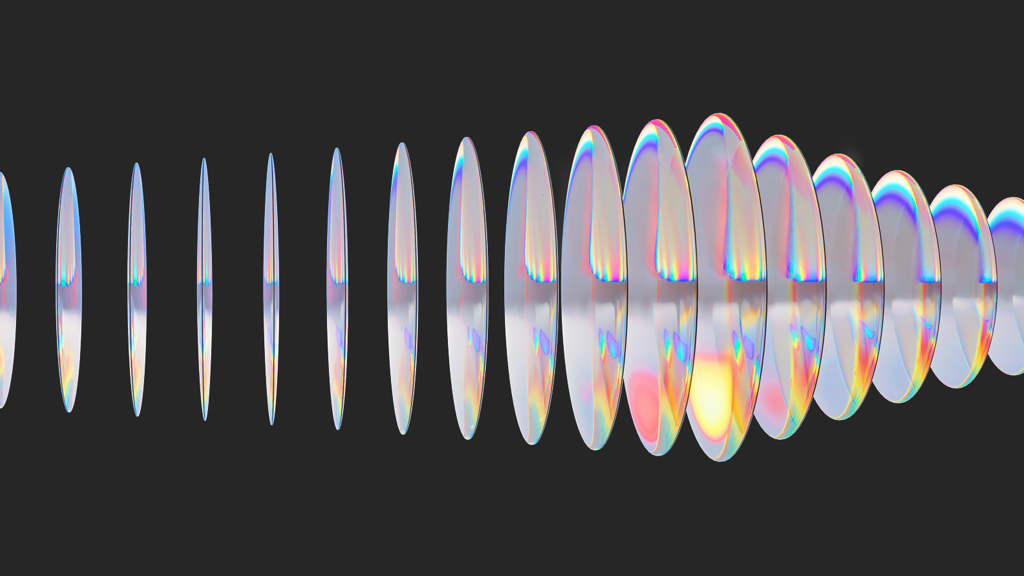Optica ImageSense Congress

Event
Optica ImageSense Congress
12 - 17 July 2026
The Maastricht Exhibition & Conference Centre
Maastricht, NETHERLANDS
Sign up for event updates
Sign up nowImaging and sensing technologies that harness optical methods are driving innovation across science, industry and daily life.
The Optica ImageSense Congress showcases breakthroughs in image acquisition, processing and display, from computational and neuromorphic imaging to AR/VR applications. The program also explores the latest advances in optical sensors and their diverse uses in fields such as agriphotonics, quantum sensing and fiber-based technologies, while fostering collaboration across disciplines.
3D Image Acquisition and Display: Technology, Perception and Applications (3D)
Learn MoreAdaptive Optics: Methods, Analysis and Applications (AO)
Learn MoreApplied Industrial Spectroscopy (AIS)
Learn MoreComputational Optical Sensing and Imaging (COSI)
Learn MoreFourier Transform Spectroscopy (FTS)
Learn MoreHyperspectral/Multispectral Imaging and Sounding of the Environment (HISE)
Learn MoreImaging Systems and Applications (IS)
Learn MoreLaser Applications to Chemical, Security and Environmental Analysis (LACSEA)
Learn MoreOptical Sensors (Sensors)
Learn MoreOptics and Photonics for Sensing the Environment (ES)
Learn MorePropagation Through and Characterization of Atmospheric and Oceanic Phenomena (pcAOP)
Learn MoreQuantum Sensing and Metrology (QSM)
Learn MoreMeeting Chairs

Gilberto Brambilla
University Southampton, UK
Congress Chair

Daping Chu
University of Cambridge, UK
Congress Vice Chair

Borislav Hinkov
Silicon Austria Labs GmbH, Austria
Congress Industry Chair
